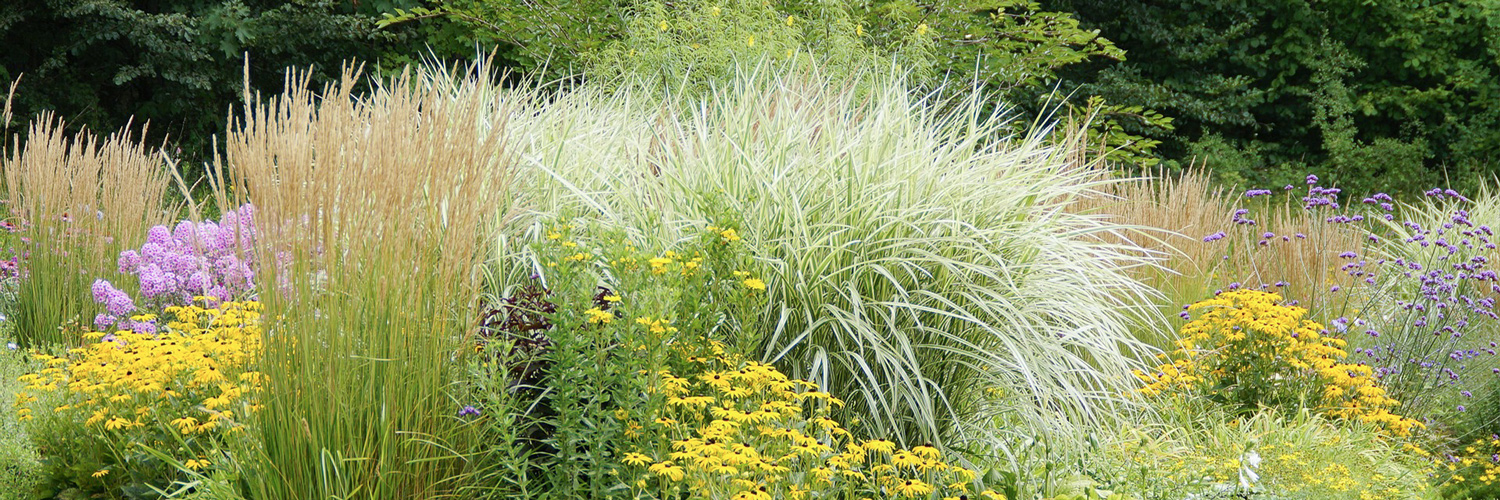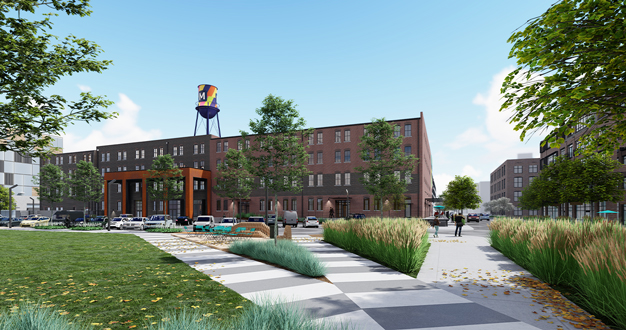
Aside from being a beautiful part of your home and a place to enjoy spending time outside – what else exactly does your landscape do? Does your outdoor space have a purpose even when you’re not at home to see it? Turns out, your garden may actually be making a big difference in our community and urban ecosystem too.
Here we look at two important ways our landscapes benefit the world around them: 1) reducing some of the negative impacts we have on the environment and 2) improving that environment by supporting the native insects, birds, and other wildlife that share our built spaces.

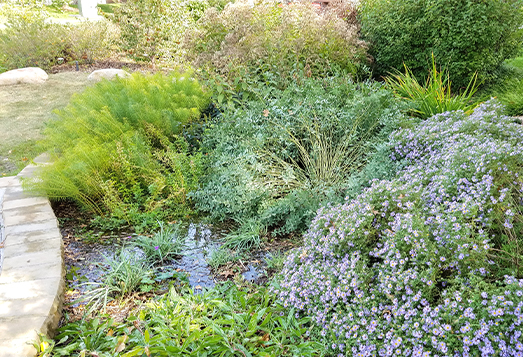

Reducing Harm to the Environment
So many of our normal day-to-day needs and activities have a disruptive effect on the natural communities we share the world with. But a thoughtfully planned garden can help mitigate some of those negative impacts.
Choosing the right plants and gardening practices is a good place to start. We can choose drought-, pest-, and disease-resistant cultivars – particularly native species that reduce our reliance on chemical pesticides, fungicides, and extra watering. And we can support the natural processes that help plants thrive on their own – such as building a healthy soil community, adopting an earth-friendly approach to lawn care, and creating an environment that recruits and supports beneficial insects in our constant battle against the damaging ones. In our edible gardens, we can even team up plant companions that work together to fend off each other’s pests without so much chemical input from us.
And we can improve the impact our little corner of space has on the surrounding community by incorporating shade trees and rain gardens into our landscapes too. These important elements help minimize stormwater runoff, reduce flooding and erosion, and keep valuable water, soil, and garden products where they’re most beneficial – and out of community waterways. Shade trees also reduce our home energy use by blocking the hot summer sun and cold winter winds that keep our air conditioners and furnaces running. And they improve air quality by reducing levels of harmful gasses like carbon monoxide and sulfur dioxide.
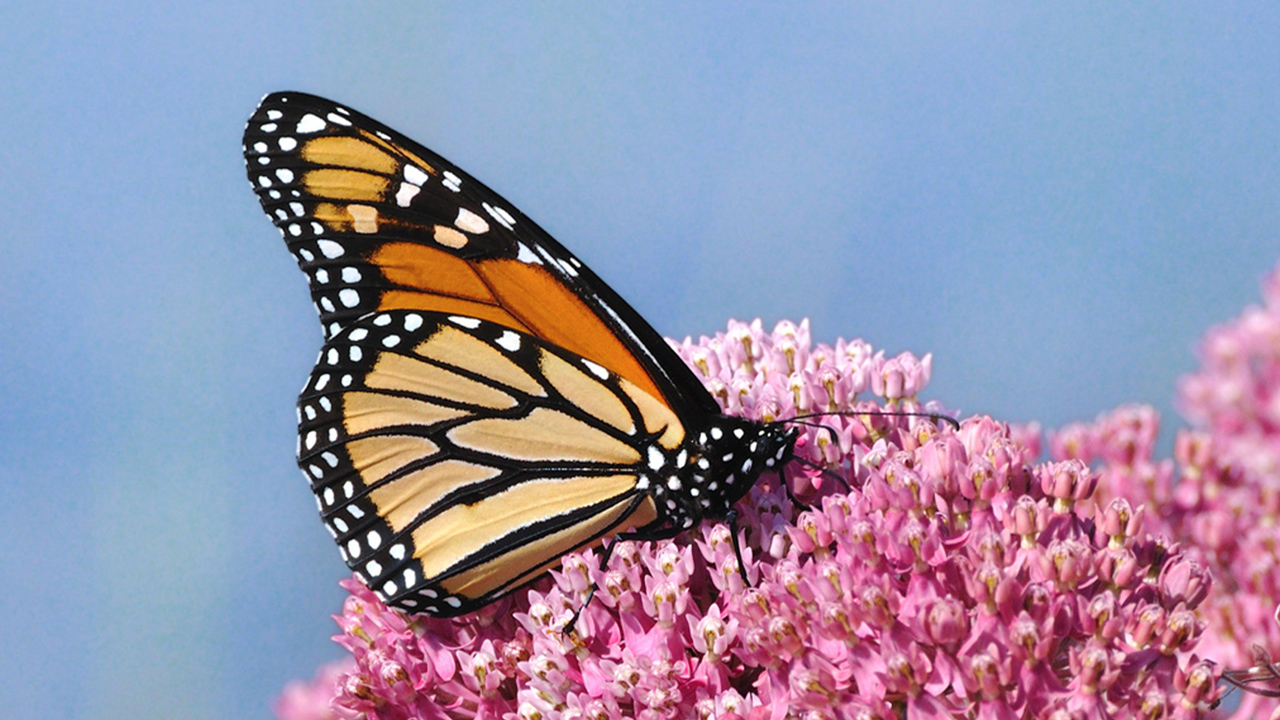
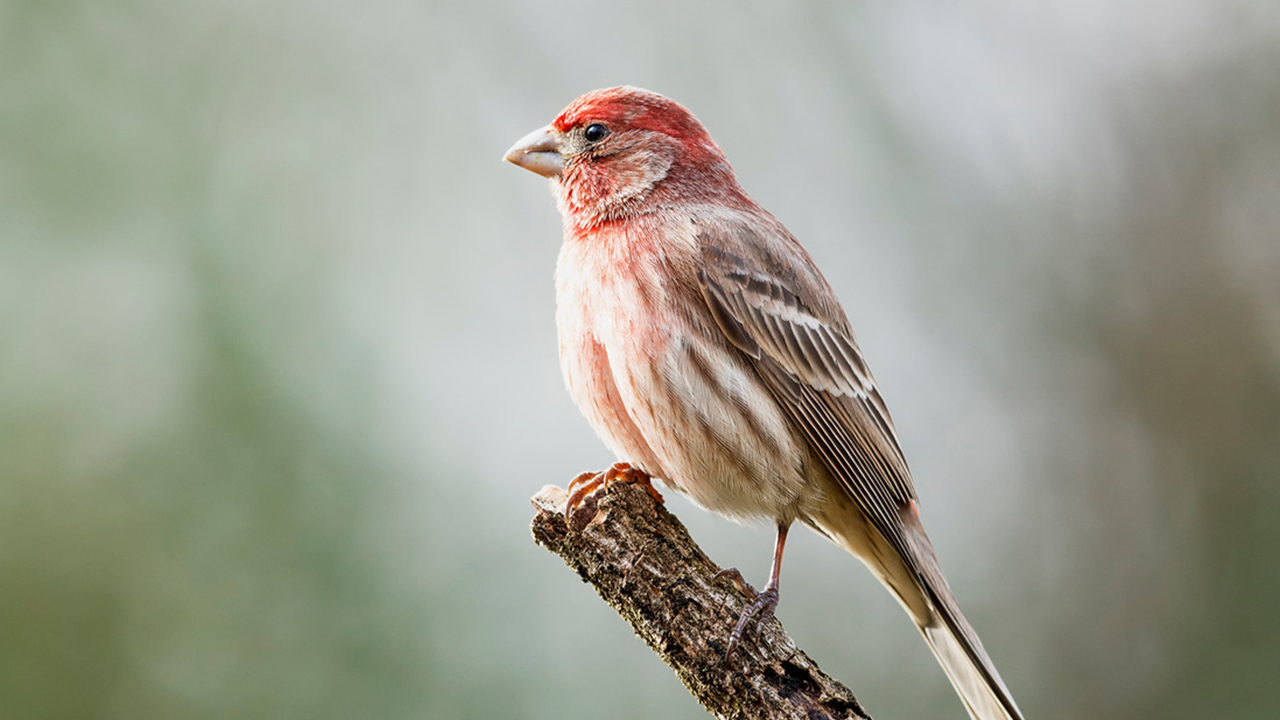
Supporting Local + Regional Ecosystems
We tend to think of natural environments and urban spaces as separate worlds, but they don’t have to be disconnected. Even a small landscape can support a surprisingly varied community of native plants and wildlife. Incorporating native trees, shrubs, and perennials not only makes gardening easier for us, it also honors the unique and beautiful Great Plains landscape we call home. And the food, shelter, and nesting materials these plants offer are vital and easily recognized resources for native birds and other wildlife – even during the long winter months.
As small as they may seem, our little urban spaces can make big contributions to some important challenges that affect our environment on a regional and international scale too. By choosing plants that support pollinators – the adults and their larvae – we can use our outdoor spaces to help reverse the alarming population declines that many of them are experiencing. Our landscapes can even replace some of the habitat lost through urban and agricultural development and give migrating species – like our beloved monarch butterfly – welcome places to eat and reproduce as they follow their natural routes across the country. By choosing plants grown from local seed, we can help preserve the genetic diversity that helps these plants overcome new challenges they may face.
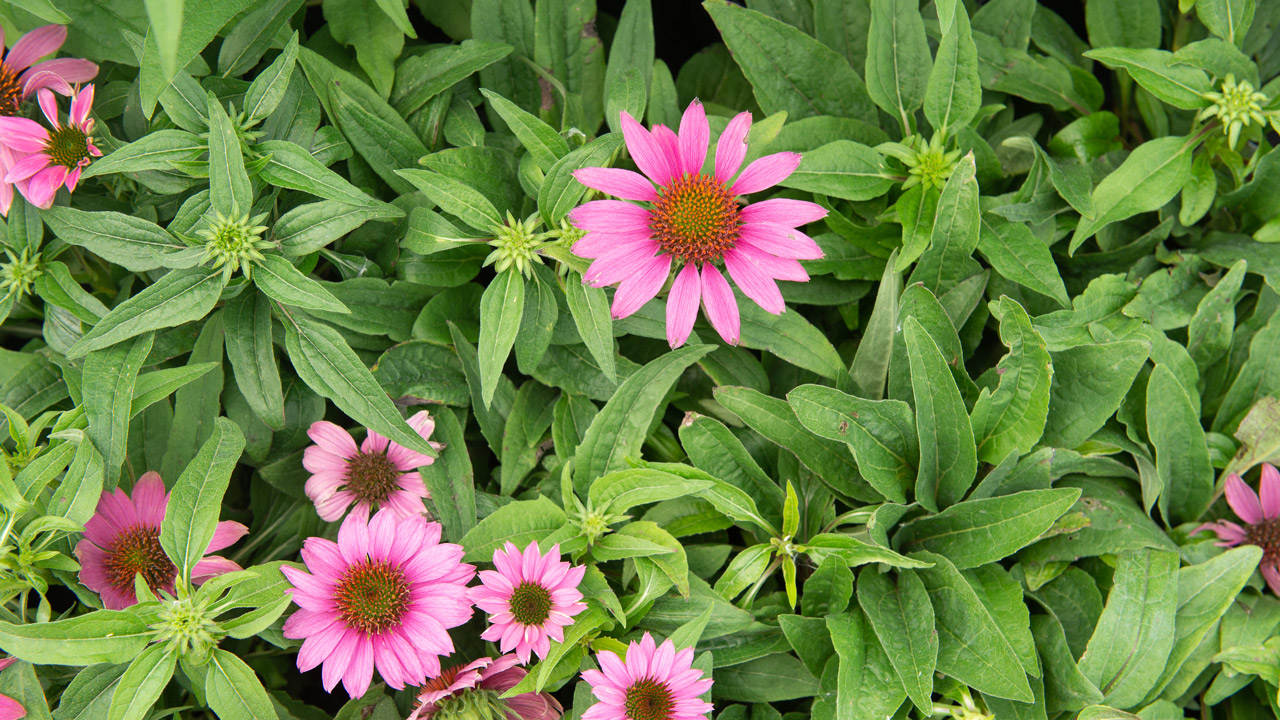
Help Your Garden Do More
Every garden has the potential to make some amazing contributions to our surrounding community. If you’re wondering how your own outdoor space fits into the bigger, wider world, just stop by and talk with our team. We love sharing our passion for plants and the natural world with anyone who wants to talk.

